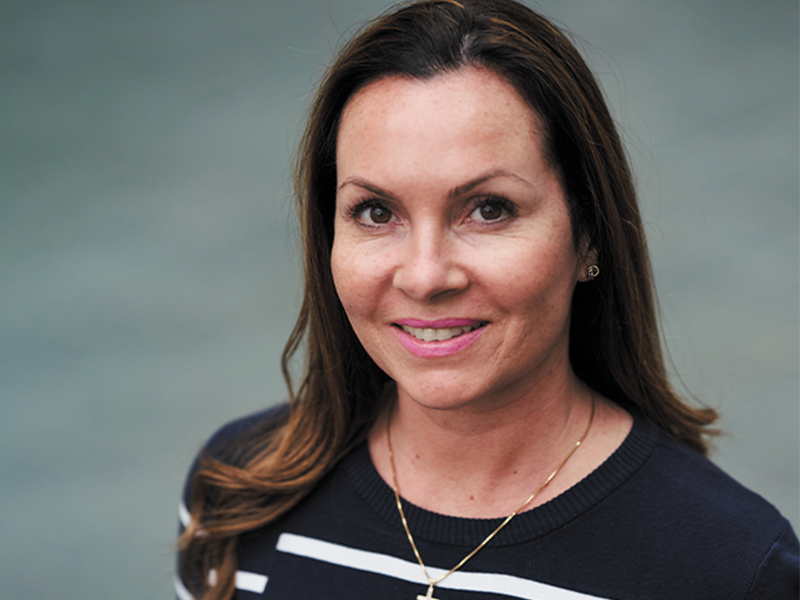
With the 2015 merger of Kraft Foods and H.J. Heinz Co., Kraft Heinz Canada was left with a “mixed bag” of savings and retirement programs. It’s goal for a new streamlined program was a mandatory base plan and a voluntary component with 100 per cent employee participation.
“It was important for us to come together and to all align on what that vision and ultimate goal was because this was going to be the foundation for all of the conversations and decisions that we make thereafter,” said Tracy Fogale, the organization’s senior manager of compensation and benefits, during a session at Benefits Canada‘s 2022 DC Plan Summit.
Since the legacy plans were all voluntary, participation was low and had “leakage,” she added, noting staff were withdrawing funds and using it like a savings plan rather than a retirement plan.
Read: 2020 CAP Suppliers Report: Stretching into the financial wellness space
In 2016, Kraft Heinz Canada embarked on an extensive review of its total rewards offering, including employee experience, human resources information systems and its benefits and pension plans. On Jan. 1, 2017, the organization introduced a mandatory defined contribution plan with a five per cent employer contribution, three per cent mandatory employee contribution and a voluntary employee contribution, up to two per cent, with a 150 per cent employer match on top of that.
Since Kraft Heinz Canada was merging different employee groups into the new DC plan, it developed highly customized material, including onsite education sessions and financial webinars. “Just because we have a mandatory plan, that doesn’t mean the education is any less important,” said Fogale.
As of Dec. 31, 2021, the DC plan participation rate is 100 per cent, which compares to an industry average of around 50 per cent, she noted. “We know that by having that mandatory plan, we’re actually setting our employees up for financial success. There are never guarantees and, ultimately, at the end of the day, we’re trying to push them in that right direction, but there’s so much more that comes along with that story and part of our job is to help and educate them on that.”
Read: Employer match top motivating factor in saving for retirement
In addition, 86 per cent of members are taking advantage of the full company match by going into the voluntary component. This compares to an industry benchmark of about 60 per cent, said Fogale. Kraft Heinz Canada also has high employee engagement with 94 per cent of plan members using its record keeper’s online tool.
While the merger created a lot of communications complexities for the organization, the coronavirus pandemic has added an extra level, she added, noting it’s been challenging to host its onsite, in-person education sessions. So the company is getting creative with its communications, developing new ways to reach employees. This includes signs and stickers, as well as a QR code it’s currently piloting at its Montreal manufacturing facility.
In January 2022, Kraft Heinz Canada also implemented a new benefits plan design that allows employees to carry their leftover flex credits into the group registered retirement savings plan and tax-free savings account. “This was really well-received by our employees and we’re seeing a decent uptake on this as well,” said Fogale.
The organization is also exploring a student debt repayment program and a roundup program, which would allow employees to round up their credit card purchases and contribute the extra amount into a savings plan. “It’s another savings vehicle for employees. [They] can use those funds to not just pay off student debt, but . . . credit card debt, other investments or debts that [they] may have. So we’re trying to get creative to see how we address [those competing financial priorities] many Canadians are facing.”
